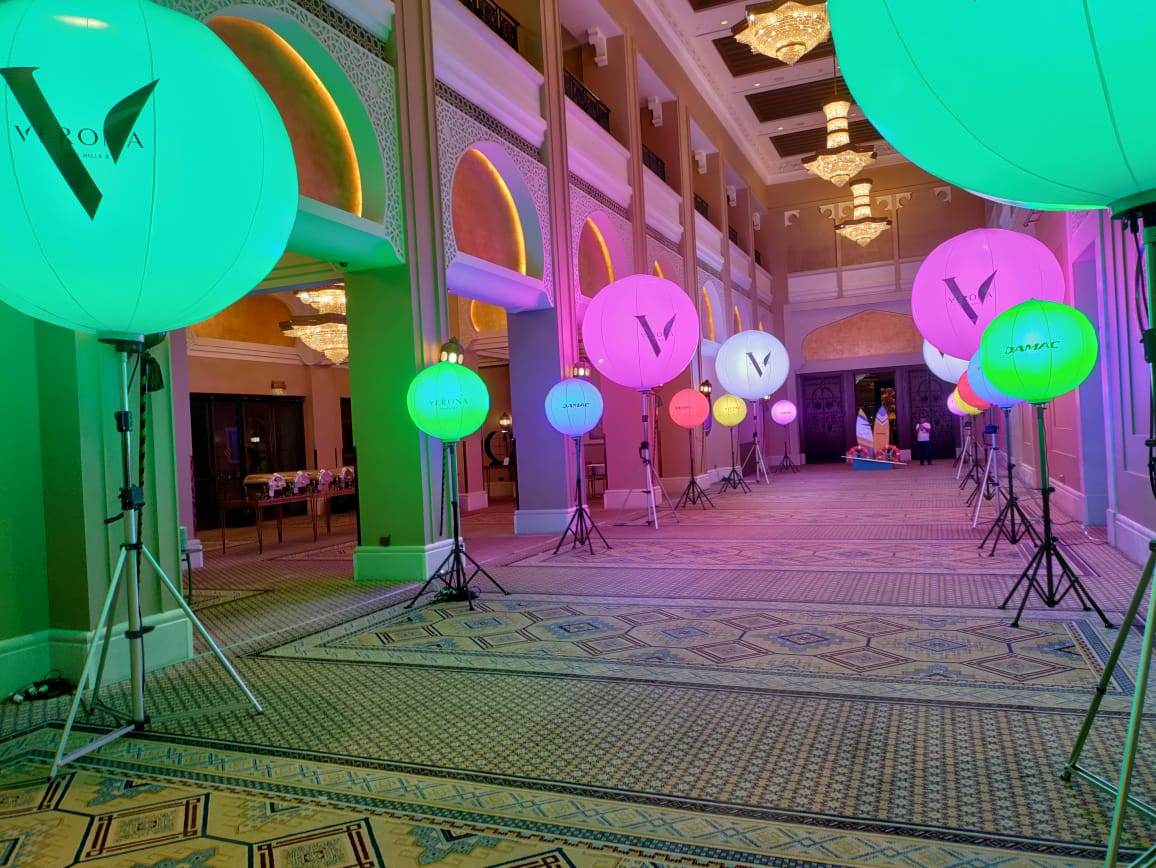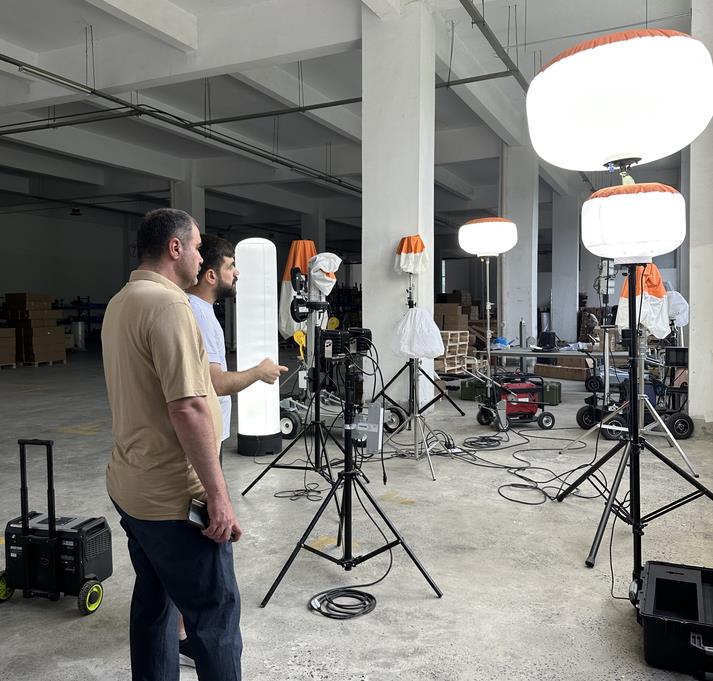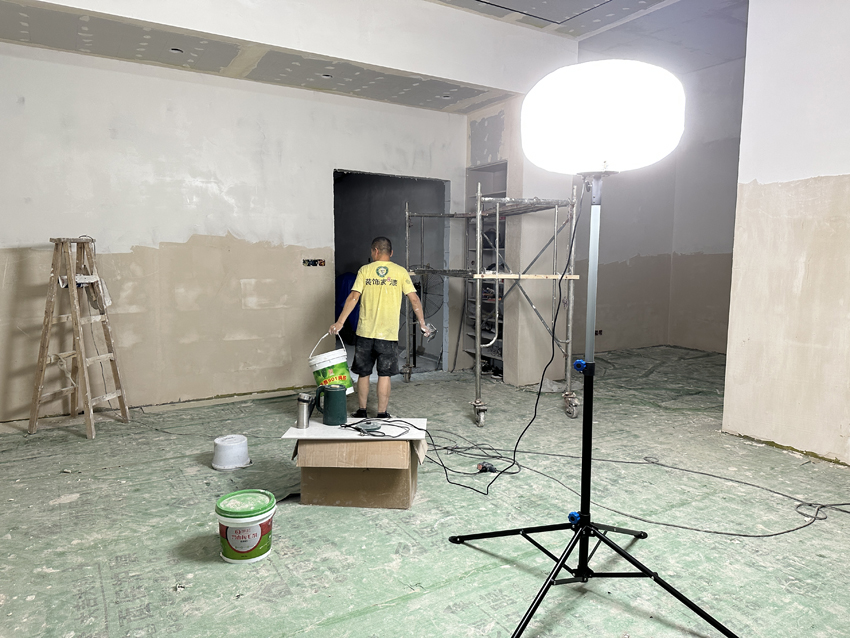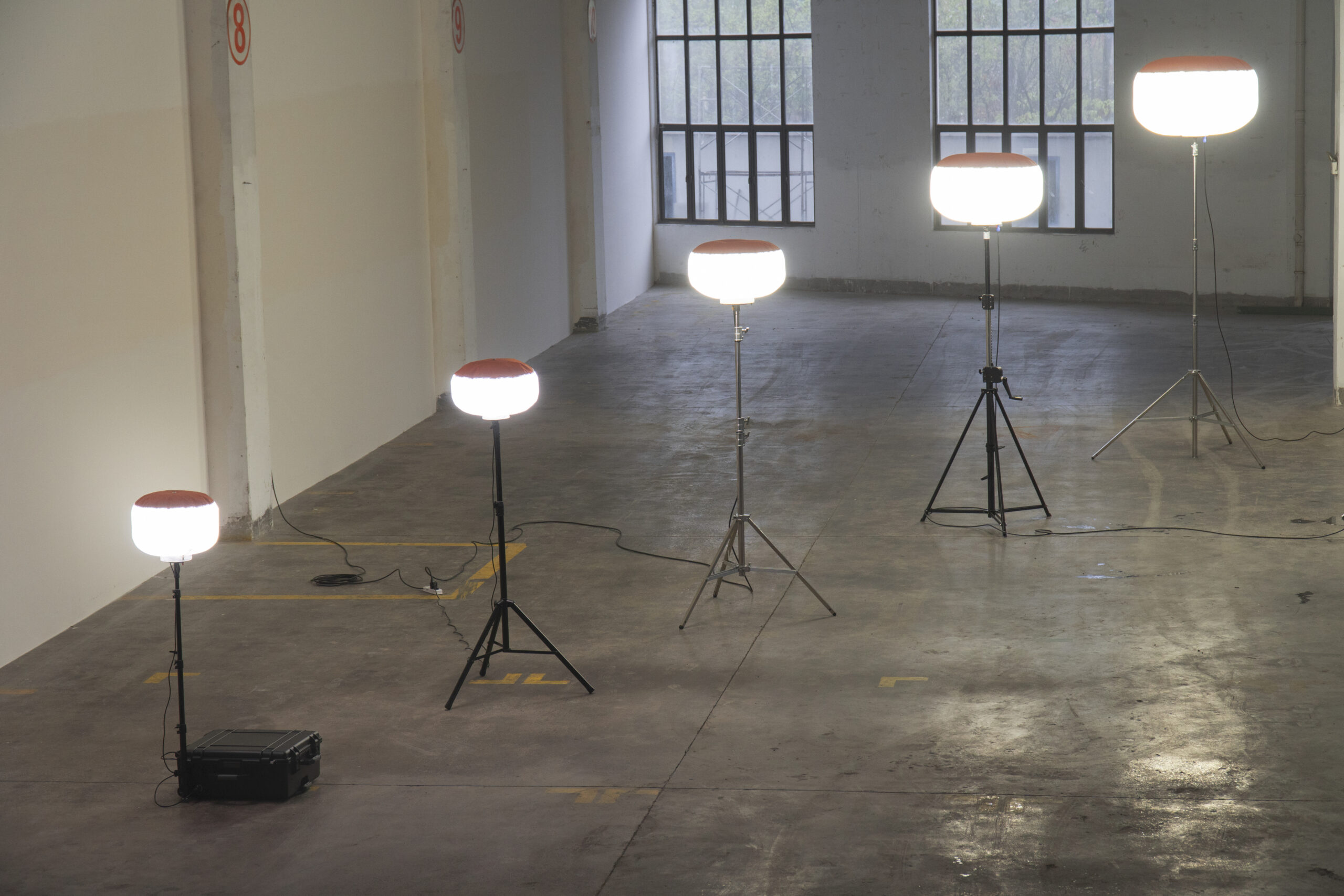
I remember the first time I got asked, “How much does one of these balloon lights cost?” I didn’t have a clear answer. Back then, I had only used rental units. After buying and selling dozens over the years, I now have a clearer picture. The truth is: the cost can vary a lot. But if you know what you're looking for, it's easier to make a smart choice. Let me walk you through what you need to know.
Typical Price Range for Air Light Balloons1
Depending on the size, brightness, and features, most professional-grade air light balloons cost anywhere from $700 to over $2,000 per unit. Here’s a simple breakdown:
- Basic white light models: $700 – $1,000
- Mid-range with tripod + remote: $1,000 – $1,400
- RGB + DMX control models: $1,300 – $1,800
- All-in-one systems with battery case: $1,800 – $2,300+
That doesn’t include shipping, import taxes, or accessories like spare LED modules or extra balloon covers. I’ve seen buyers get caught off guard by freight charges, so it’s important to ask about those upfront.
What Factors Affect the Cost?

I’ve priced out dozens of models for different projects. Some had to meet government specs. Others were for private use. Here’s what usually drives the cost up or down:
- LED Power2: Higher wattage = higher cost. A 400W unit costs less than a 900W.
- Control Options: Basic switch models are cheaper than those with DMX or app control.
- Balloon Size: 1200mm balloons cost less than 2000mm ones.
- Build Material: Some fabrics are heat-resistant, waterproof, and puncture-resistant.
- Mounting System: Steel tripods cost more than plastic ones.
- Mobility Features: Models with wheels or suitcase-style cases cost more.
Dive Deeper: Choosing Features Without Overpaying
One mistake I made early on was buying a model with every feature possible—even the ones I never used. It was a nice light, but I ended up using only the basic settings. I learned that you need to match features to your real needs.
If you only plan to use it for basic construction work, you might not need RGB lighting or app control. On the other hand, if you're running a music festival or doing film shoots, having full control of color and dimming is worth the price.
Also, think about where you’ll use the light. Do you need it to run silently? Then get a battery model, even if it's more expensive. Will you use it outdoors during rain or dust storms? Then you’ll want the higher IP-rated options.
Paying more doesn’t always mean getting better value. But paying too little usually means cutting corners on safety, brightness, or durability.
Rental vs. Purchase3
You might also wonder if renting is better than buying. I’ve done both. For one-off events or short projects, rental makes sense. I’ve rented balloon lights for a weekend wedding setup for $100–$150 per unit per night.
But if you expect to use the light more than 5–6 times a year, it makes more sense to buy. In the long run, you’ll spend less, and you get full control over the equipment. I also found it easier to train my team when we had our own unit.
Dive Deeper: Understanding Long-Term Value

Over time, air light balloons pay for themselves in ways you may not expect. One of the crews I supported had issues with workers getting tired and making errors at night. After switching to balloon lights, they finished jobs faster and had fewer accidents. That saved them both time and money.
Another client used balloon lights for their branding events. The lights made their booths look cleaner and more professional. That helped them close more deals. These gains don’t show up in the price tag, but they matter.
That’s why I always ask buyers to think in terms of total value, not just the sticker price. You’re not just buying light. You’re buying fewer delays, safer teams, better photos, happier guests, and more peace of mind.
Tips for First-Time Buyers
If you’re new to this, here’s what I recommend:
- Start with a clear goal. What will the light be used for?
- Ask for real pictures or demo videos. Specs aren’t enough.
- Compare prices by feature—not just size or power.
- Check for warranty and spare part availability.
- Don’t forget to ask about shipping and import taxes.
When I bought my first unit, I didn’t realize I needed an adapter for the plug. It delayed our whole project. Little things like that can turn into big headaches if you’re not prepared.
Where to Buy

For a trusted supplier, I recommend checking out Moonlightia's portable inflatable balloon tower. Their range covers both budget and premium models, and they understand how to help first-time buyers without pushing unnecessary upgrades.
Conclusion
Air light balloons cost more than regular lights—but for good reason. They give you better light, better safety, and better control. If you know what to look for, you can find one that fits your budget and still gets the job done. For me, they’ve been worth every cent.
-
Explore this link to discover a variety of Air Light Balloons that suit different needs and budgets, ensuring you make an informed choice. ↩
-
Understanding LED Power is crucial for making cost-effective decisions in lighting. This resource will clarify its impact on pricing and performance. ↩
-
This link will provide insights into the pros and cons of renting versus buying lighting equipment, helping you make the best financial decision. ↩




